How the Holiday Season is Changing the National Identities of Mexico and the U.S. If you have traveled abroad lately, you may have noticed that national identities are becoming a bit vague. The cultural uniqueness that used to distinguish one nation from another has been quickly disappearing thanks to the accelerated pace of cultural contact brought about by globalization. Mexico and the USA illustrate this well as we go through the holiday season. Millions of Mexican immigrants, legal and undocumented, as well as tourism between both countries have created cultural contact zones unlike any in human history. As they have settled in these areas of the United States, Mexicans have adopted American habits even as they have maintained much of the cultural heritage they brought with them. For example, they love Thanksgiving turkey and on Black Friday you can find them shopping like crazy across the malls alongside Americans. December, however, is a Mexican fiesta north of the border. Los americanos are growing accustomed to seeing and joining the solemn Virgen de Guadalupe celebrations around December 12th and breaking piñatas in the noisy, colorful Posadas on December 15th-24th. Moreover, Mexicans have fused seamlessly La Noche Buena (Christmas Eve) and Christmas Day, so they can have their tasty tamaladas and receive the birth of Jesus with tons of gifts the good old American way. As many Mexican immigrants return to visit family in Mexico, they bring along these new cultural customs, especially their sons and daughters who were born and raised in the United States. You can see the influence of these new cultural ways in small towns and cities across the country. Mexicans now have their Buen Fin, a clone of Black Friday, and on Thanksgiving more and more people are preparing a turkey dinner a la americana or go to restaurants that offer a similar menu. As for Santa Claus, Christmas trees and carols, they are the norm everywhere. It may seem strange, but in Mexico City and Cuernavaca, you can even go ice-skating downtown! You could say Cinco de Mayo was the first cultural celebration to bring Americans and Mexicans together, and that lately Día de los Muertos and Halloween have provided more cultural glue that binds people on both side of the border. But it is the long holyday season at the end of the year that is having the biggest impact on our identities and how we see ourselves in Mexico and the United States. Mexicans who visit the U.S. and Americans who travel to Mexico are bewildered by this turn of events. National identities may still be around, but the unique cultural elements that separated them are blending fast and, in some cases, disappearing and becoming a thing of the past. 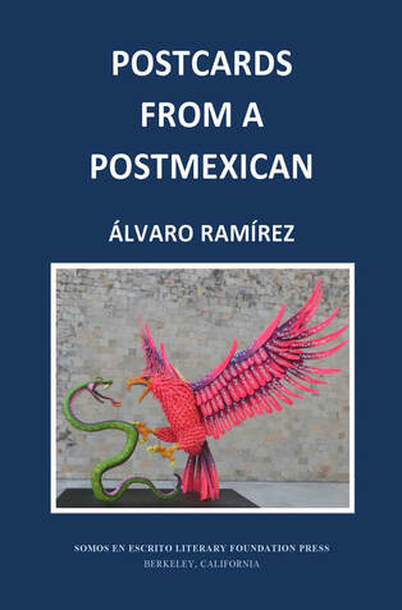 Somos en escrito Literary Foundation Press published a compilation of Álvaro Ramírez’s observations on changing cultural traditions: Postcards from a PostMexican. Click the cover above or visit Amazon to buy a copy. This postcard first appeared on Álvaro Ramírez’s Postcards from a PostMexican blog on December 24, 2019. This postcard was published under the title “How the Holiday Season is Changing Mexican and American Cultural Identities” in Cultura Colectiva, a Mexican online magazine, on January 2, 2020. 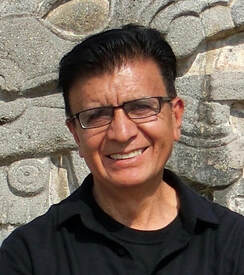 Álvaro Ramírez is from Michoacán, México. He migrated with his family to Ohio as an adolescent. He obtained a BA in Spanish and Education at Youngtown State University, and an MA and PhD in Literature from the University of Southern California. He has taught at various institutions including the University of Southern California, Occidental College, and California State University, Long Beach. Since 1993, he has worked at Saint Mary’s College of California where he is a Professor in the Department of World Languages and Cultures. He specializes in Spanish Golden Age and Latin American literature as well as Mexican Film and Chicano Cultural Studies. He also serves as Resident Director for the Saint Mary’s College Semester Program in Cuernavaca, México. In 2016, Prof. Ramírez published a collection of short stories, Los norteados, which received an Honorable Mention Award at the 2017 International Latino Book Awards. In addition, he has edited two online publications of Conference Proceedings: Imágenes de postlatinoamérica, volumen 1 (2018) and Imágenes de postlatinoamérica, volumen 2 (2019). He has also published articles on Don Quixote, Mexican film, and Chicano Studies in several academic journals.
0 Comments
Your comment will be posted after it is approved.
Leave a Reply. |
Archives
June 2024
Categories
All
|
Donate and Make Literature Happen
is published by the Somos En Escrito Literary Foundation,
a 501 (c) (3) non-profit, tax-exempt corporation. EIN 81-3162209

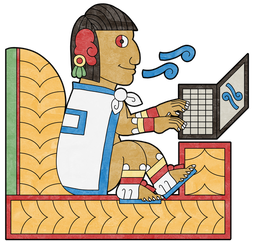
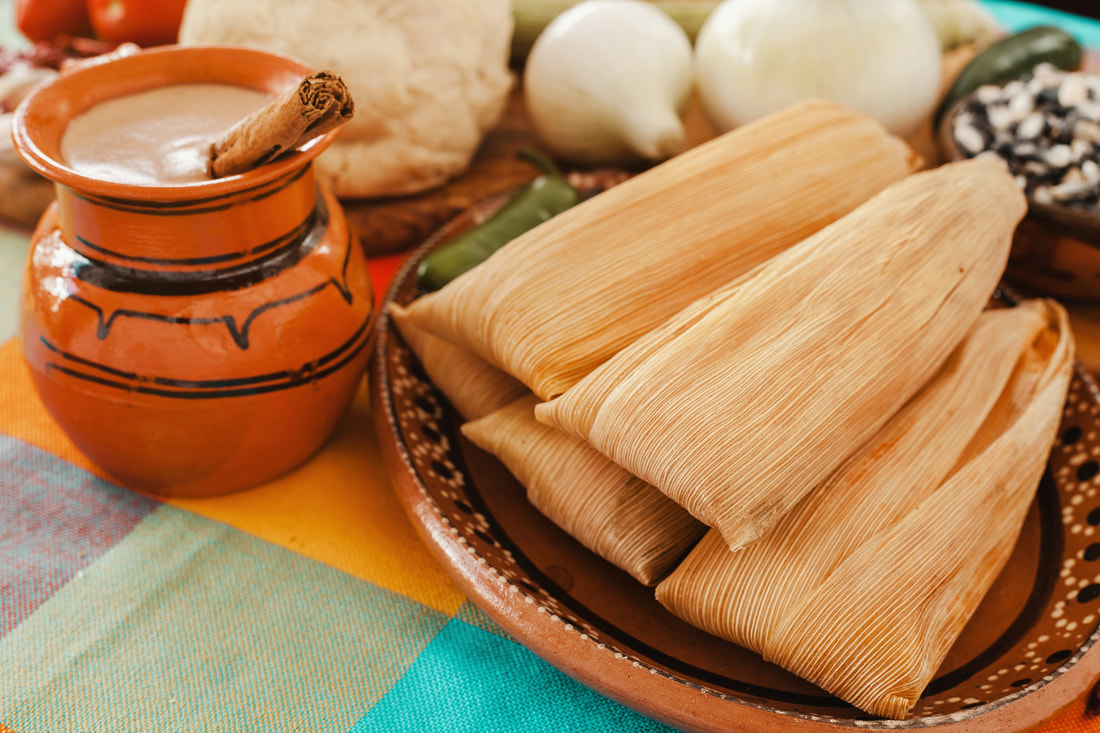
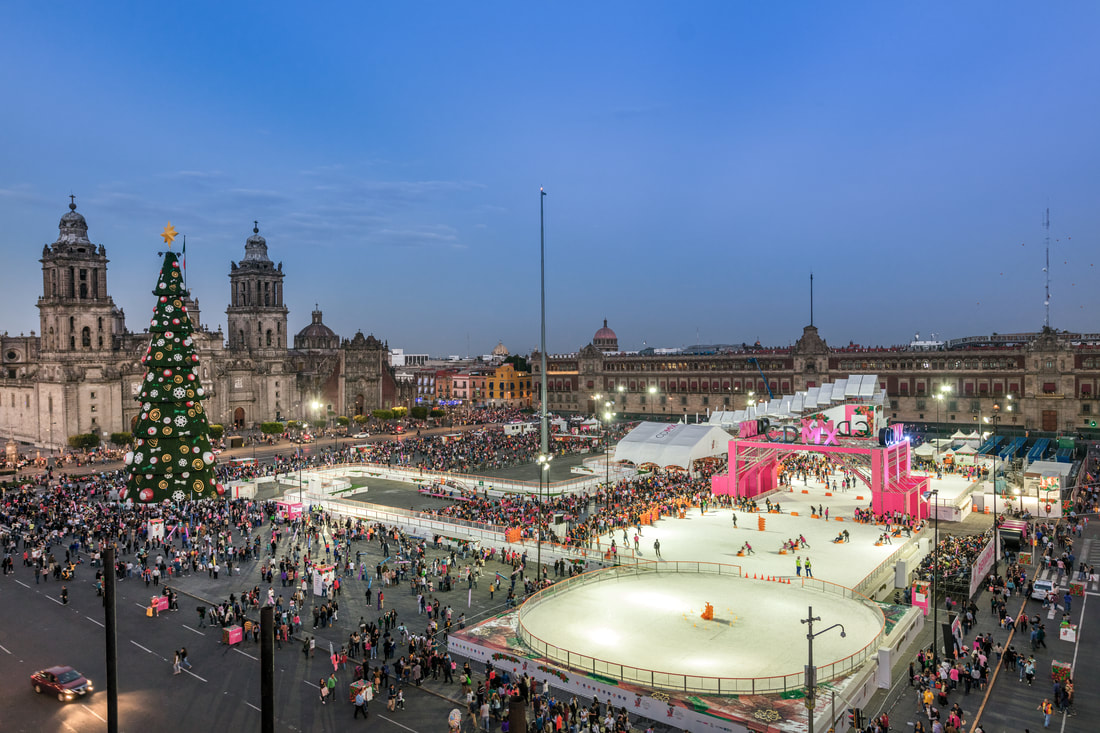
 RSS Feed
RSS Feed